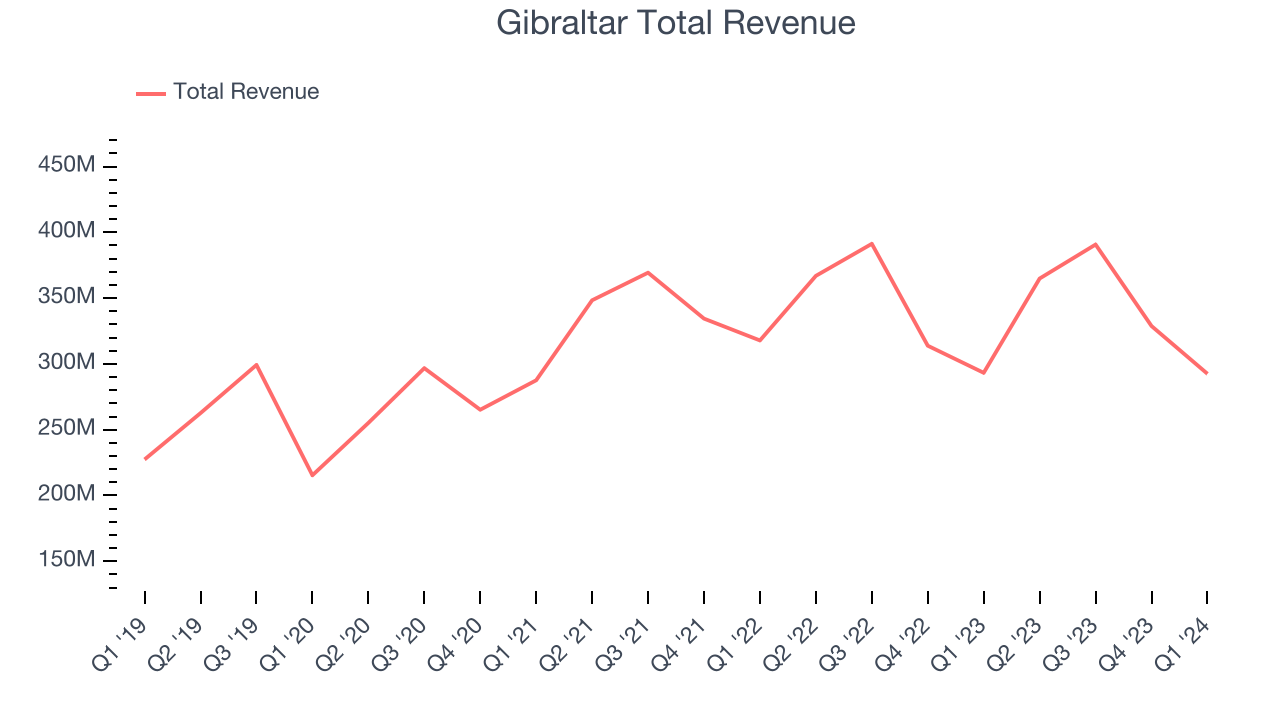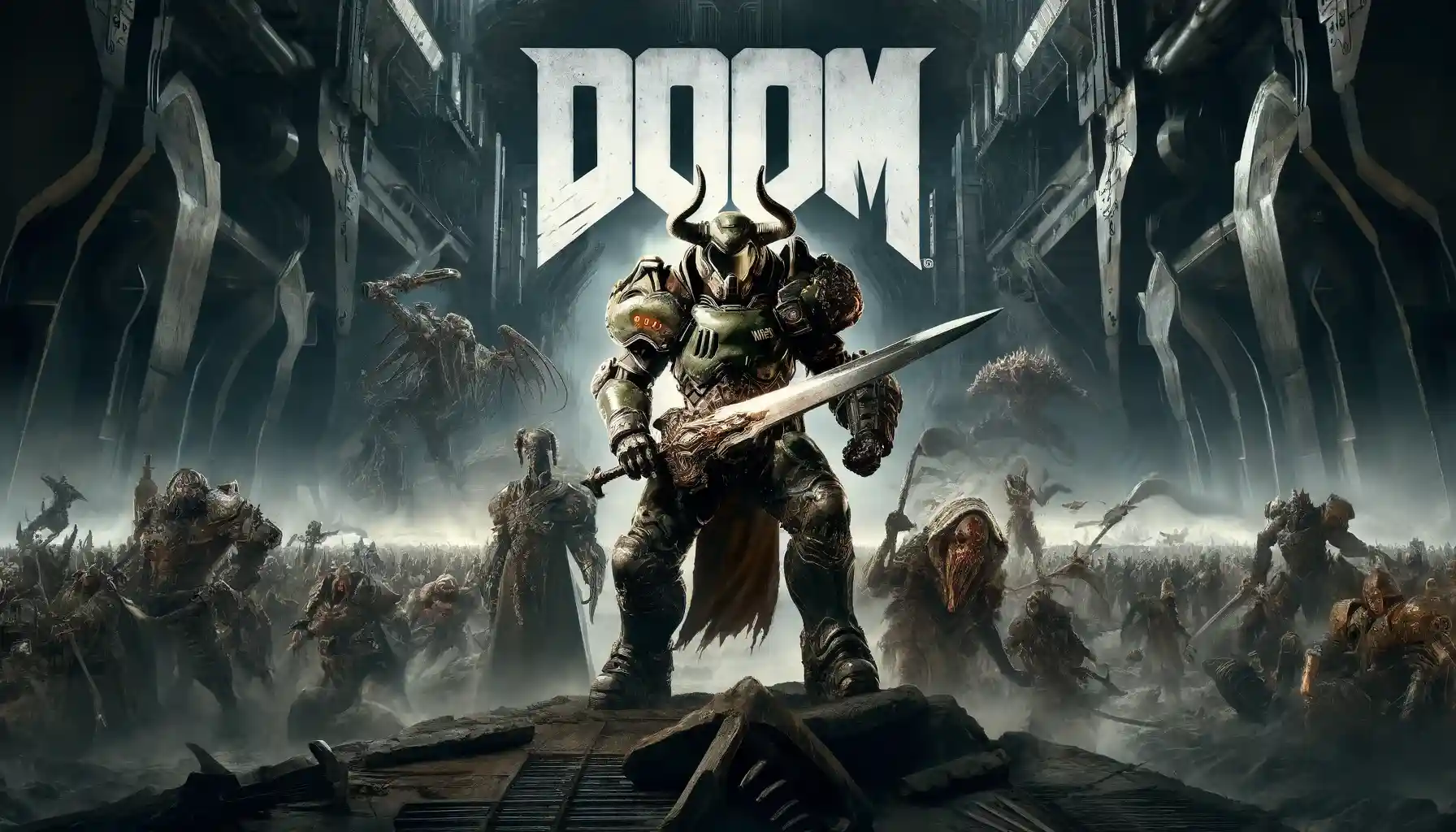The Da Vinci Code: A Comprehensive Guide

Table of Contents
The Intriguing Plot and Central Mystery
The Da Vinci Code centers on the murder of Jacques Saunière, curator of the Louvre Museum, and the subsequent investigation by symbologist Robert Langdon and cryptologist Sophie Neveu. The novel's plot unfolds as a thrilling chase, driven by a series of cryptic clues hidden within Da Vinci's artwork and other historical artifacts. The central mystery revolves around the search for the Holy Grail, not as a chalice, but as a metaphor representing the descendants of Jesus Christ and Mary Magdalene.
- Key Plot Points:
- The initial encounter between Sophie Neveu and Robert Langdon, thrusting them into a dangerous game of cat and mouse.
- The discovery of clues embedded in Da Vinci's paintings, such as The Last Supper and Mona Lisa, leading them on a path to uncover a centuries-old secret.
- The relentless pursuit by the Opus Dei, a powerful and secretive Catholic organization, who believe the Grail's discovery threatens their faith.
- The shocking revelation of the true nature of the Holy Grail: the bloodline of Jesus Christ and Mary Magdalene, kept secret for generations.
These plot points, woven together with suspense and intrigue, make The Da Vinci Code a compelling read, leaving readers questioning the established narratives of religious history. The connections between Jesus Christ, Mary Magdalene, and the Holy Grail form the core of the novel's central mystery, driving the narrative forward.
Symbolism and Hidden Meanings in The Da Vinci Code
Dan Brown masterfully employs symbolism throughout The Da Vinci Code, layering the narrative with religious symbols, artistic representations, and allusions to secret societies. Understanding this symbolism is crucial to unlocking the novel's deeper meanings.
- Decoding the Symbols:
- The rose and the lily are recurring motifs, carrying significant symbolic weight related to Mary Magdalene and the feminine divine.
- Da Vinci's artwork serves as a treasure trove of hidden messages, with subtle details and compositions carrying coded information.
- The Priory of Sion, a fictionalized secret society in the novel, plays a central role, representing the alleged protectors of the bloodline secret for centuries. Its historical connection (or lack thereof) to the Catholic Church is a major point of discussion and controversy.
The novel's symbolism goes beyond simple representation; it acts as a key to understanding the alternative interpretation of religious history that Brown presents. The intricate use of religious iconography and artistic symbolism adds layers of complexity to the narrative.
Historical Context and Factual Accuracy of The Da Vinci Code
The Da Vinci Code, while a work of fiction, draws heavily on real historical figures and events, albeit with significant creative liberties. This blend of fact and fiction has led to much debate regarding its historical accuracy.
- Historical Claims and Controversies:
- The novel presents a controversial interpretation of the historical role of Mary Magdalene, depicting her as Jesus Christ's wife and an important figure in early Christianity. This interpretation contradicts traditional Catholic teachings.
- The Priory of Sion, although presented as a historical society, is largely a product of imagination, with only a loosely connected real-world counterpart that lacked the influence and power portrayed in the novel.
- The novel sparked controversy among historians and theologians due to its inaccuracies and its interpretation of historical events to fit its narrative. Many have criticized Dan Brown’s research and selective use of information.
The Impact and Legacy of The Da Vinci Code
The Da Vinci Code transcended its genre, becoming a cultural phenomenon with a significant impact on popular culture. Its enduring legacy is evident in multiple areas:
- A Lasting Influence:
- The novel sparked renewed interest in religious history and art history, prompting many to investigate the historical figures and artistic representations discussed within its pages.
- Its adaptation into a successful film further amplified its reach, introducing the story to an even wider audience.
- Despite critical reception that varied widely, the novel's enduring popularity and continued discussions surrounding its themes solidify its place in contemporary literature.
The book's enduring legacy lies in its ability to spark debate and engage readers with intriguing historical narratives and provocative ideas.
Conclusion
The Da Vinci Code is more than just a thriller; it’s a complex tapestry woven from historical fiction, religious symbolism, and artistic interpretations. Understanding the novel's historical context, its intricate symbolism, and the creative liberties taken by Dan Brown is essential to fully appreciating its narrative. The novel's enduring popularity and cultural impact are a testament to its power to challenge conventional thinking and ignite discussions about faith, history, and the enduring mysteries of the past. Delve deeper into the captivating world of Dan Brown's The Da Vinci Code! Explore the intricate plot, unravel the symbolism, and discover the secrets hidden within this literary masterpiece. Begin your own investigation into The Da Vinci Code today!

Featured Posts
-
 India And Myanmar Strengthen Ties Through Shared Cuisine
May 13, 2025
India And Myanmar Strengthen Ties Through Shared Cuisine
May 13, 2025 -
 Analyzing Gibraltar Industries Nasdaq Rock Q Quarter Earnings A Comprehensive Preview
May 13, 2025
Analyzing Gibraltar Industries Nasdaq Rock Q Quarter Earnings A Comprehensive Preview
May 13, 2025 -
 De Strijd Om De Scudetto Inter Napoli En Atalanta Wedstrijdprogramma En Voorspelling
May 13, 2025
De Strijd Om De Scudetto Inter Napoli En Atalanta Wedstrijdprogramma En Voorspelling
May 13, 2025 -
 Pivotal Character Killed In Elsbeth Season 2 Episode 18
May 13, 2025
Pivotal Character Killed In Elsbeth Season 2 Episode 18
May 13, 2025 -
 Doom The Dark Ages 17 Off Sale
May 13, 2025
Doom The Dark Ages 17 Off Sale
May 13, 2025
